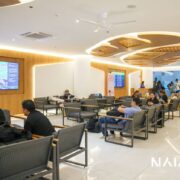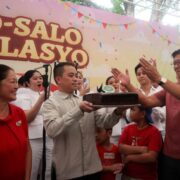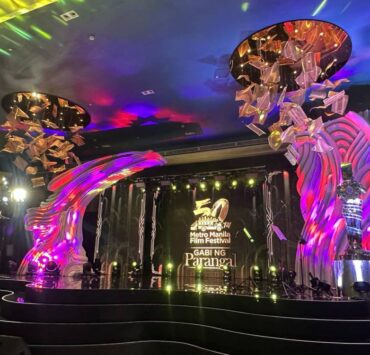Morong Church is Rizal’s gem, nation’s treasure
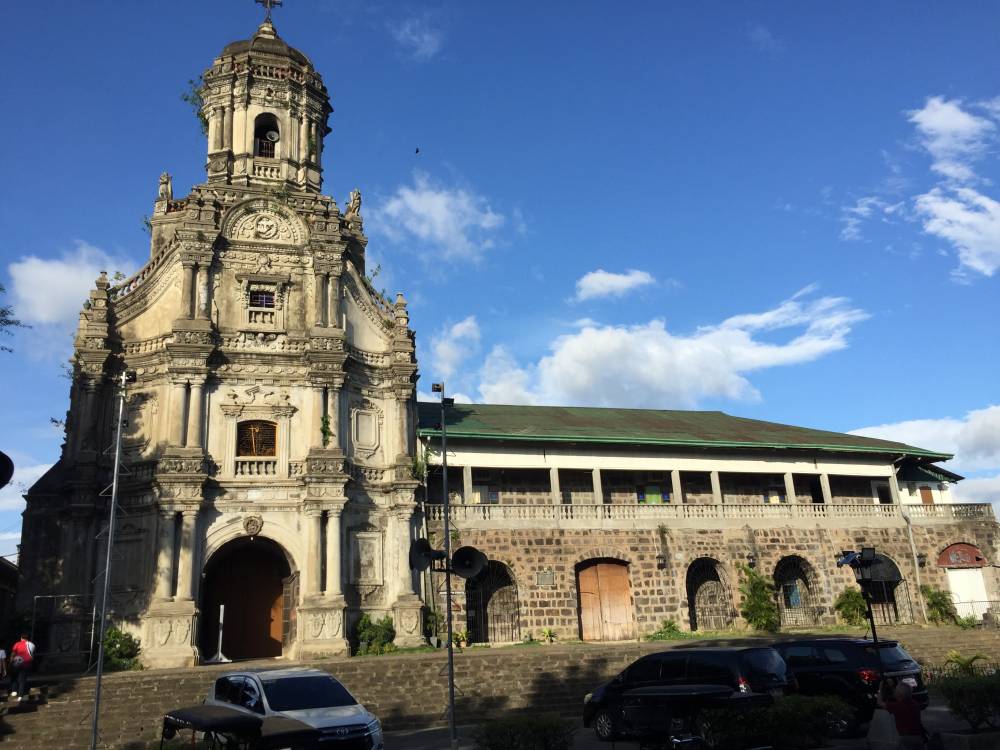
In December, National Commission for Culture and the Arts (NCCA) chair Victorino Manalo announced in an event in Angono, Rizal, that three of the province’s churches are now National Cultural Treasures, with the marker unveilings set early this year.
These are the churches of Morong, Baras, and Binangonan, which are legacies of the Franciscan Order.
Of the three, the oldest and perhaps the most artistic is the one in Morong dedicated to San Geronimo.
Those of Baras and Binangonan are rather austere, but with intact interiors highlighted by their Spanish-era wooden trusses and impressive retablos.
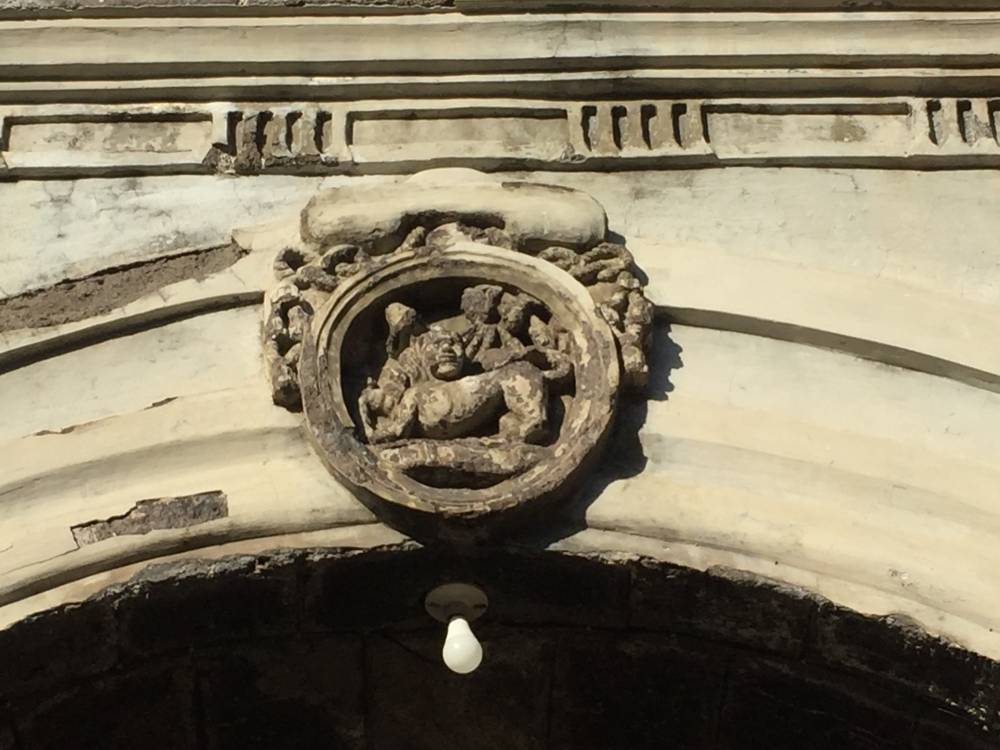
Cruciform in plan and built in the 17th and 19th centuries, the church of Morong is a celebration and an excellent example of Filipino-Hispanic colonial architecture.
Benjamin Locsin Layug describes it as “one of the splendid examples of tropical baroque architecture in the Philippines.”
The Cultural Center of the Philippines’ “Encyclopedia of Philippine Art” describes the facade as “an excellent example of Philippine baroque.”
Morong’s present church and possibly the adjacent convent (now St. Jerome’s Academy) was built in 1615 after its older church, located across the river, was damaged together with the town in a fire in 1612.
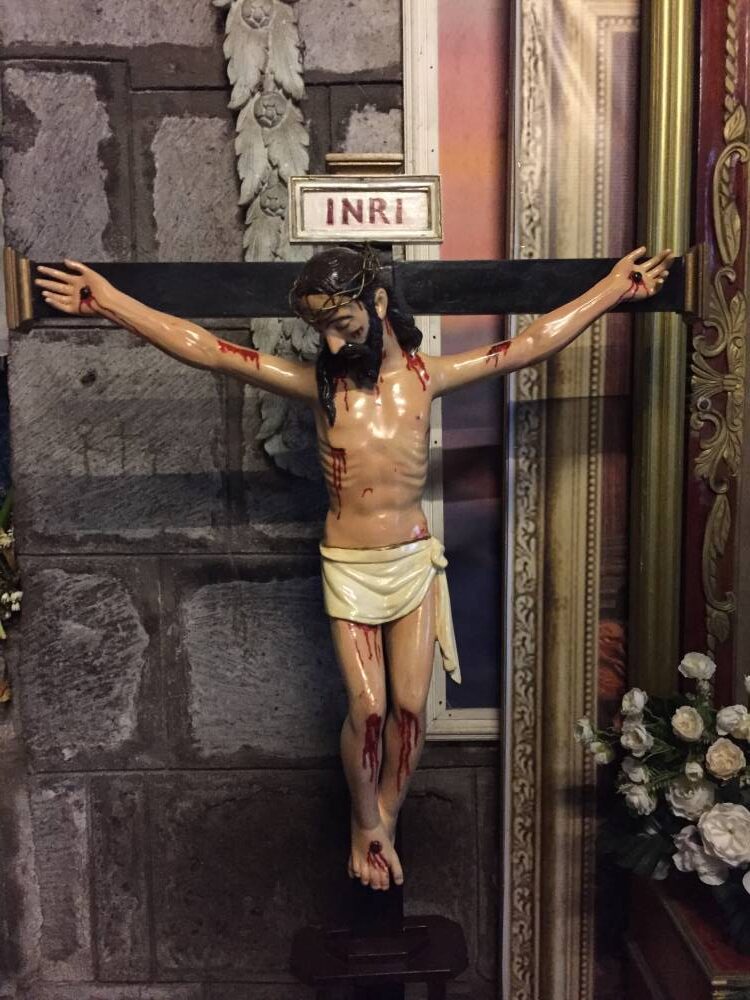
This church was constructed in an elevated part of the town, on a rock overlooking the Morong River and the other part of the Poblacion across it.
The main access to the church complex is an inclined road which used to be decorated with a pair of granite fu dogs at its entrance. Almost encircling the compound is the adobe retaining wall topped by an adobe fence at the patio in front of the church.
This fence has sphere-topped pyramidal finials placed at intervals with one containing the inscription “Año de 1696,” a date of still uncertain meaning.
At the street-level (Zamora Street) section of the retaining wall below the patio is another inscribed date, “San Pedro de 1824.” This could be the date of its completion, repair, or most likely, something else.
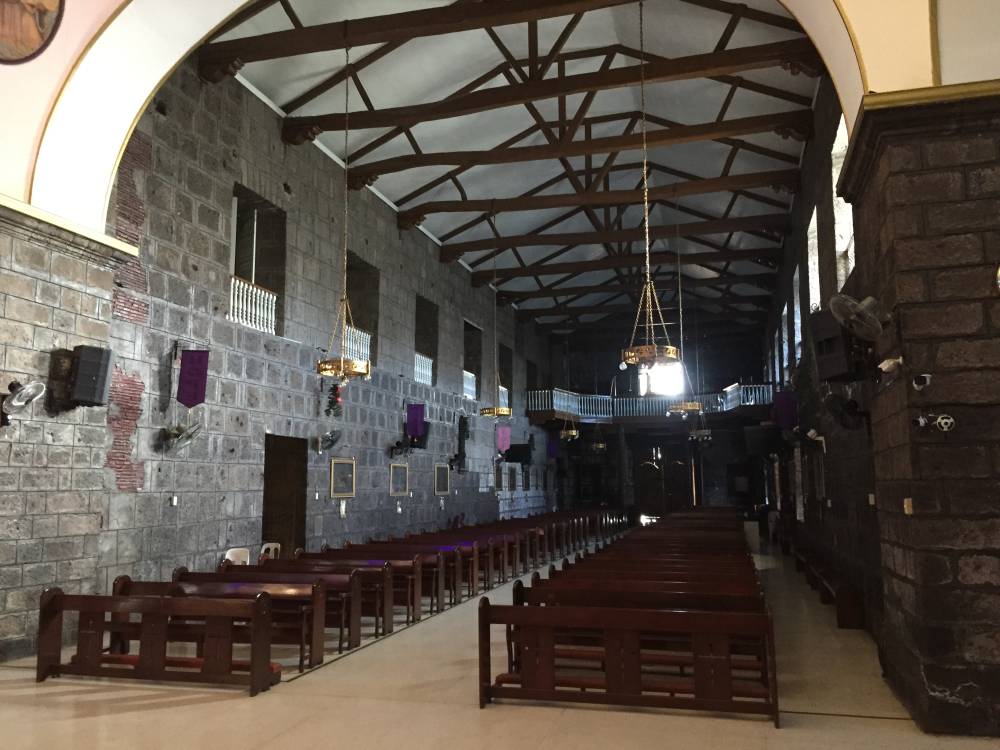
Church façade
Adjacent to this inscription is the area believed to be an old cemetery, but which could be more of an ossuary.
Notwithstanding the treasures of its interior, the crowning glory of the church is its façade, which replaced an older one built in the 17th century.
The town’s parish priest then, Fr. Maximo Rico, worked with Bartolome Palatino from Paete, Laguna, who designed the façade’s baroque elegance.
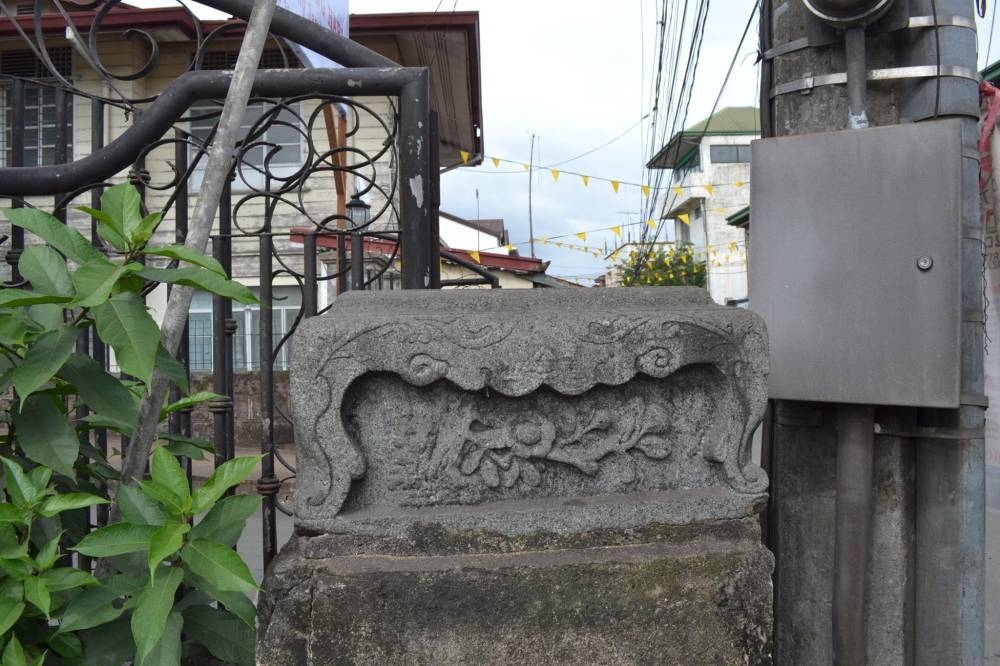
The three-story façade with its octagonal belfry constituting the fourth level was completed in the 1850s. It is richly decorated, with central windows adorned by ornamented lintels and flanked by pilasters, decorative balustrades and moldings, dentils, and the Franciscan seal, among others.
Paired columns mark its central portions, while the sides are defined by single columns.
Above the Roman arch-shaped entrance is a relief image of San Geronimo touching the head of a Chinese lion, a one-of-a-kind scene in Philippine church art and architecture.
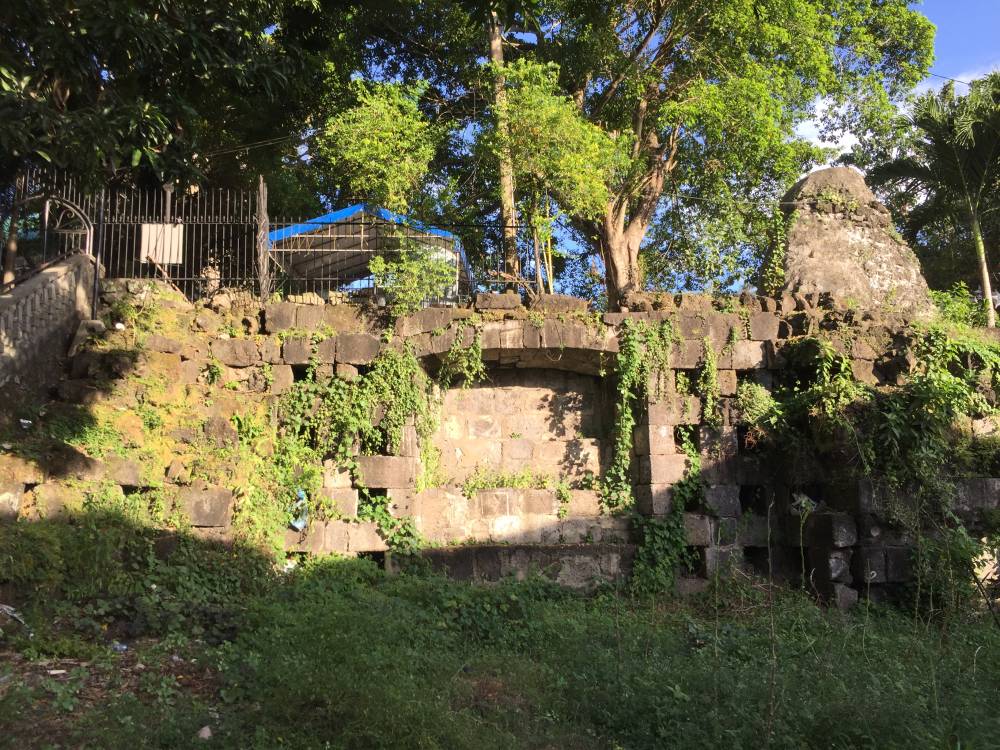
Apart from these, the third story is topped by four religious statues, while the fifth decorates its Gospel side.
Although heavily renovated in 1965, the interior of Morong Church still contains significant objects and facets. These include the crocodile-head corbels supporting the choir loft, carved pillars supporting the choir loft, painted Stations of the Cross, the paintings of the four evangelists at the pendentives, and the bas relief of Christ’s Baptism inside the baptistry, among others.
The church also has old images of saints dating back to at least the 18th century, wooden trusses supporting the roof, and a carved holy water font located at the side chapel.





